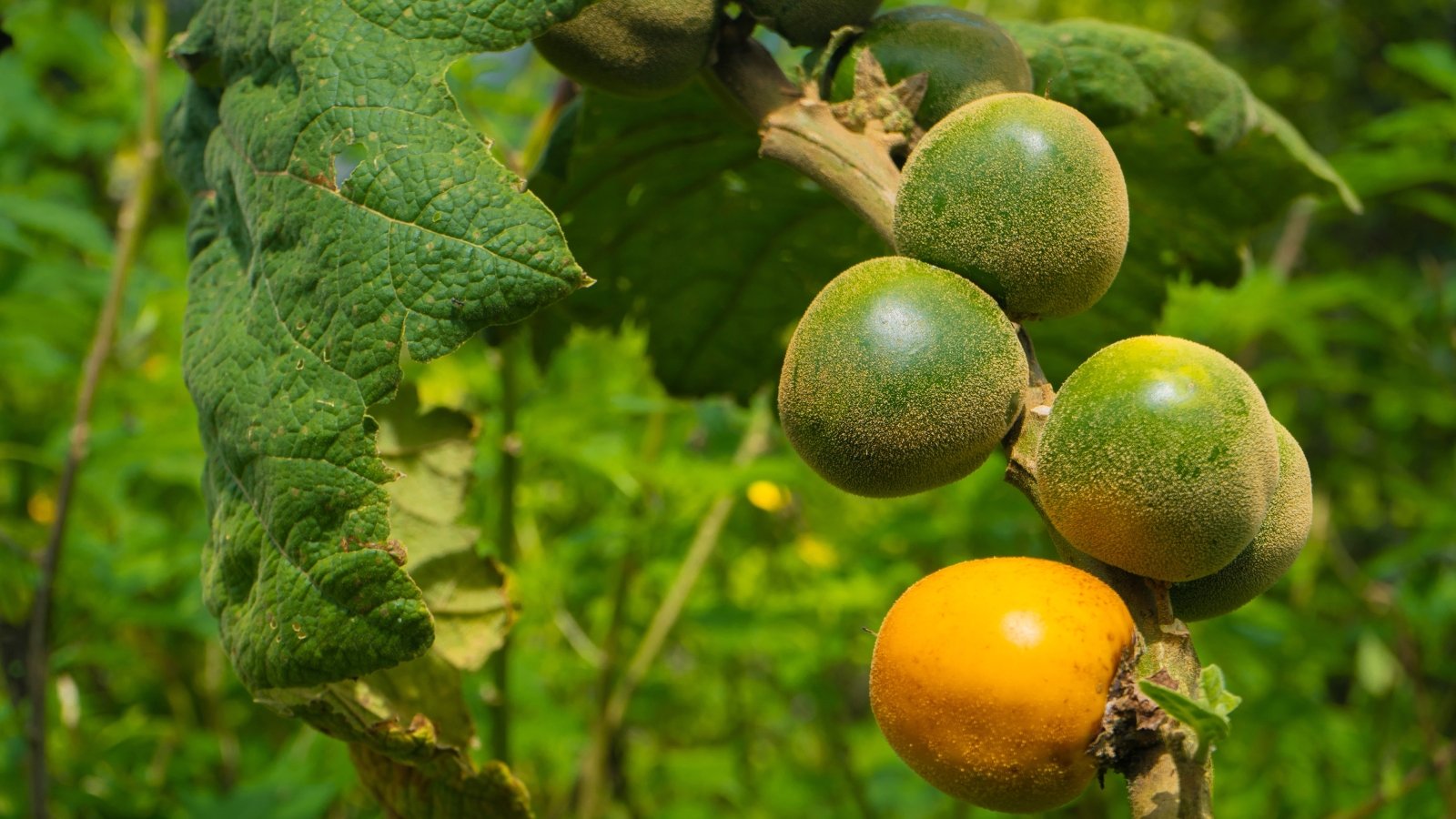[ad_1]
Naranjilla (Lulo) shrubs are tropical crops beloved for his or her flavorful fruit that tastes like a mixture of citrus and rhubarb. They will add a contact of coloration to your yard and give you an distinctive ingredient in your kitchen.
People inside the U.S. first obtained a mode of the distinctive fruit on the 1939 World’s Fare in New York. Since then, few growers have cultivated them and they also keep a unusual fruit exterior of South America.
Naranjillas develop properly in areas with warmth climates and little publicity to extreme local weather. They obtained’t tolerate freezing temperatures or days above 90°F (32°C). In case you occur to remain in warmth climates resembling coastal Florida, South Texas, Southern California, or Hawaii, you might develop them effectively. Underneath, we’ll discuss one of the simplest ways to plant and care to your naranjilla (Lulo) shrub so you might get a bountiful harvest.
Naranjilla (Lulo) Shrub Overview
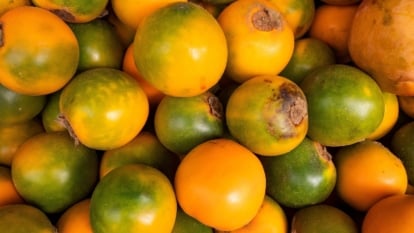

|
|
|
|
All About Naranjilla (Lulo) Shrubs
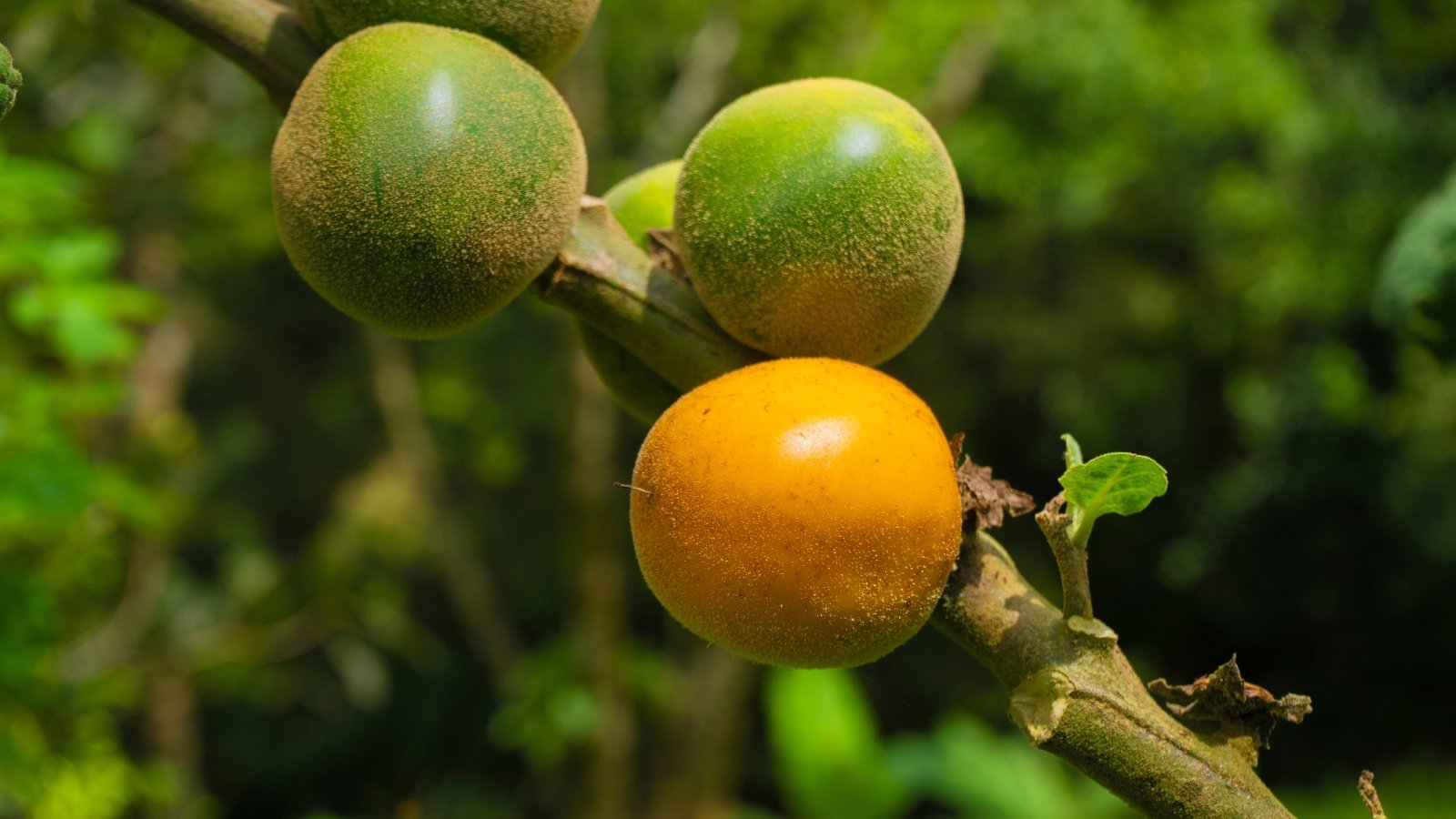

Naranjilla, usually known as Lulo, are herbaceous shrubs that develop profusely when the soil and native climate are correct. They’re native to the lower elevations of the Andes Mountains, the place temperatures hover between 60 and 80°F (16-27°C).
This tropical species thrives in hotter climates inside the U.S., the place summer season extreme temperatures preserve common. Areas with ocean or lake breezes and no extreme heat waves are preferrred. An indoor home is good, too.
They’re members of the Solanum genus, additionally known as nightshades. Totally different members of this quite a few genus are tomatoes, potatoes, eggplants, and plenty of totally different helpful meals crops.
Traits
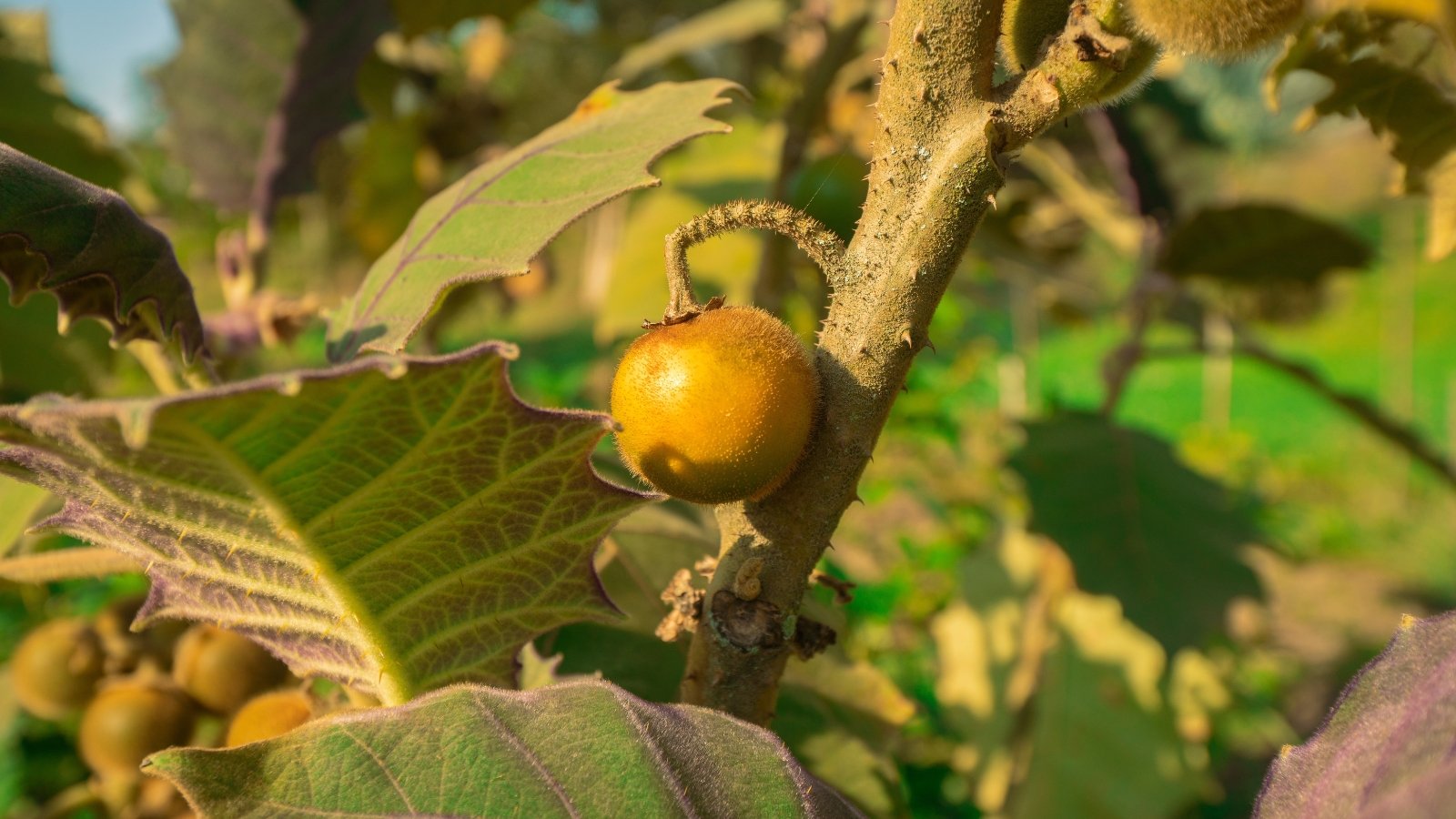

These fruiting shrubs have oval-shaped leaves with patches of purple or purple near the stems. As a safety in the direction of predators, all components of the plant produce sharp spines, which can be painful if you happen to occur to contact them with out gloves.
When healthful, they will develop over 8 ft extreme and produce a bounty of fruit, known as “lulo” in markets and homes in Latin America. People in South America use these sweet and nutritious fruits in jellies, jams, liquors, and juices. The fruits are small and measure about two inches in diameter.
Although unusual, you’ll uncover naranjilla seeds in some nurseries inside the US or on-line. In case you want to develop one factor tasty and distinctive, these tropical shrubs could be a pleasing downside.
Planting Naranjilla
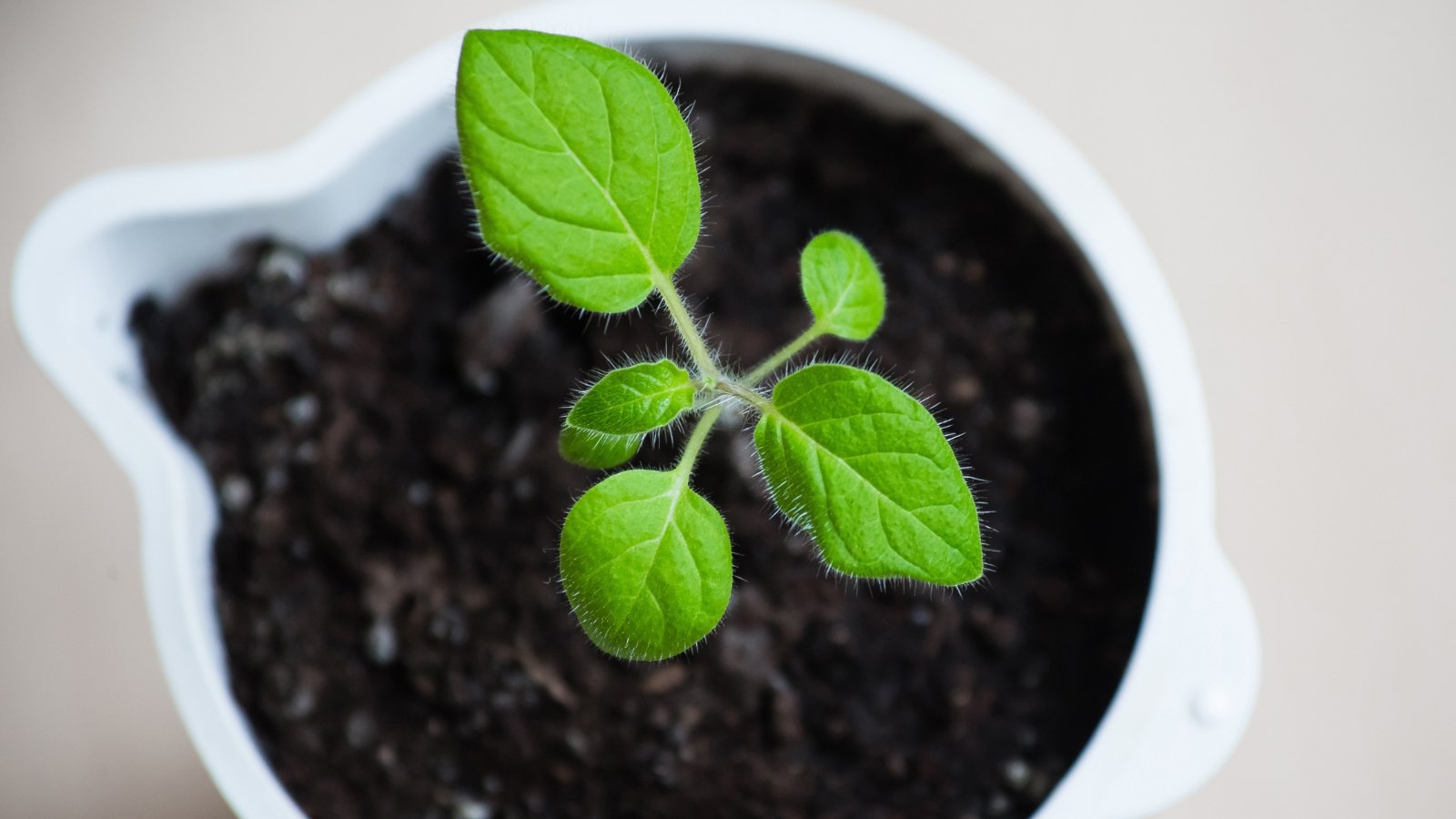

The best technique to plant these productive tropical fruits is from seed. In a well-draining starter tray, sow your seeds in late January in tropical climates or early March in subtropical and warmth Mediterranean climates. Sow your seeds in an pure starter soil and maintain them as shallow as attainable to let adequate mild in to set off germination.
Water your seeds sparingly with a mister to stay away from waterlogging. Keep them in a well-ventilated and shady house with out further heat. Try defending your seedbed with a thin plastic defending to seal inside the moisture and maintain the temperature equal all by means of the day and evening time.
Keep your seedlings in your seedbed until they develop to solely over an inch. Skinny out the weaker ones and maintain the stronger seedlings two inches apart. As soon as they develop to spherical three or 4 inches, it’s time to transplant them into five-inch cube pots.
Once you’re in a position to transplant, dig a niche deep adequate for the plant’s roots. Make sure it’s in full to partial shade. Place the plant inside the hole and cover it with soil. Keep the soil moist nevertheless not at all waterlogged.
Tips about methods to Develop
Caring for these tropical shrubs is straightforward. By following a few suggestions, you might benefit from delicious lulo fruit straight out of your yard.
Soil
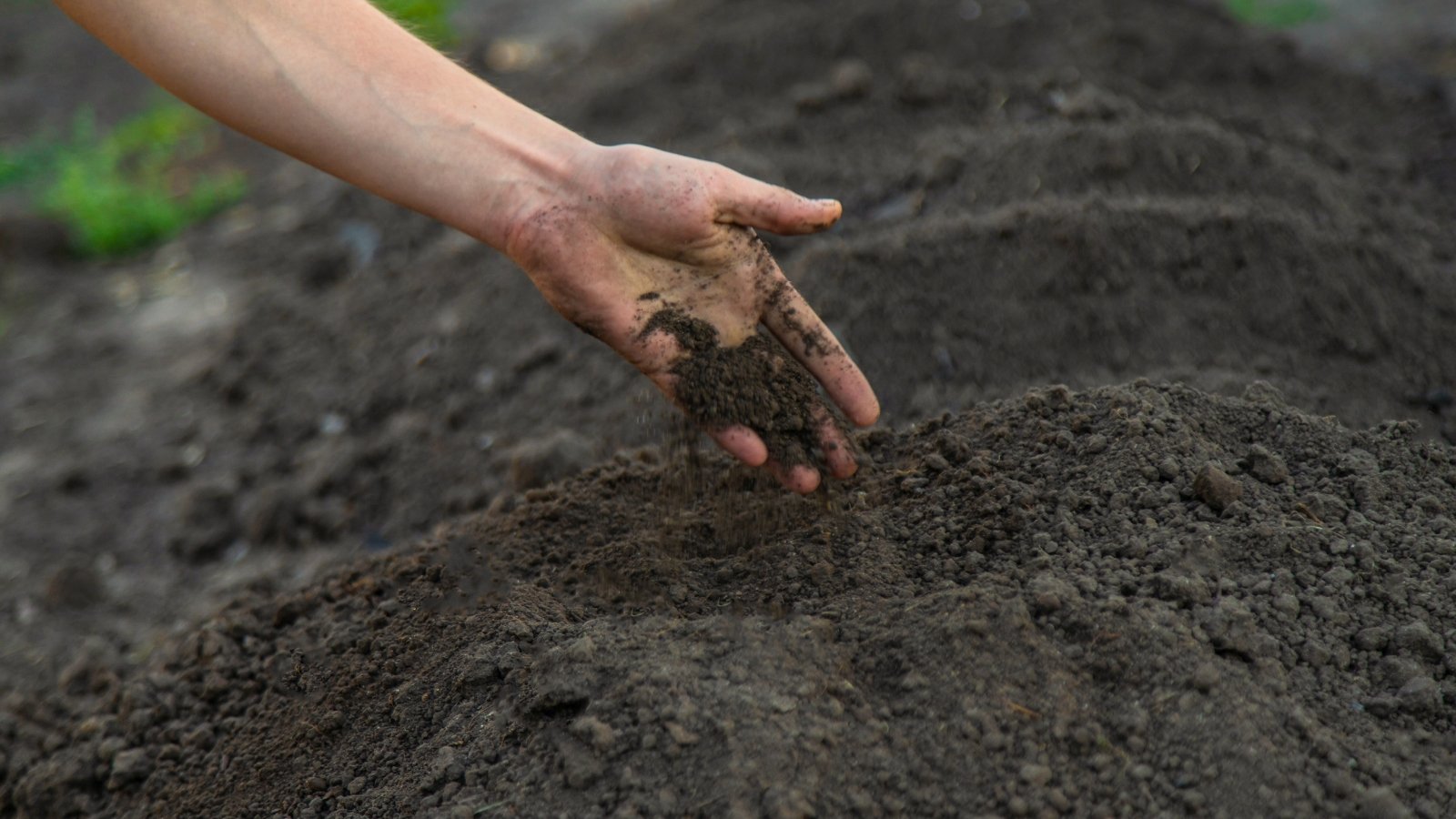

These shrubs will develop in many soil varieties. In Latin America, you’ll uncover them rising in rocky or tropical soils rich in pure supplies.
In your naranjillas to develop vigorously, plant them in rich pure soil. Make sure it’s well-drained to forestall waterlogging.
Native climate and Temperature


Naranjilla (Lulo) shrubs develop as perennials in warmth tropical zones with USDA hardiness zones of 10 or larger. You can also develop them in zone 9 as an annual.
They’re extraordinarily vulnerable to frost and might barely tolerate temperatures that dip beneath 40°F (4°C) consecutively. Freezing temperatures will shortly kill your crops.
The shrubs develop best in shaded areas away from direct photo voltaic in warmth areas. You can plant them beneath tall bushes and even subsequent to tall buildings. In cooler tropical areas, full photo voltaic is nice.
Water
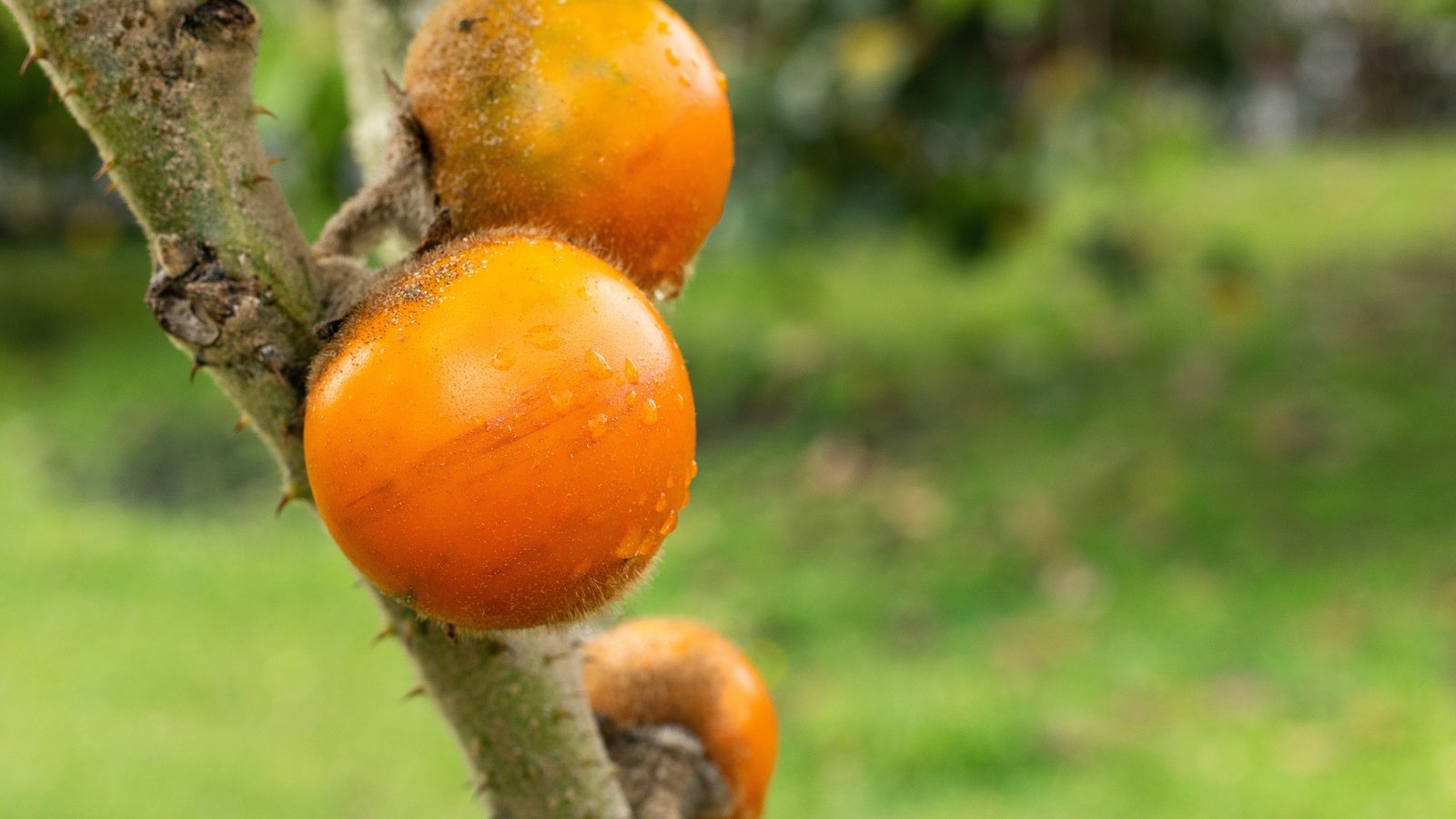

In case you occur to remain in areas with fixed rainfall, such as a result of the East Coast, chances are high you may not should water your crops usually. All through dry spells, water them as quickly as per week to take care of the soil moist, nevertheless be careful to not overwater. Within the occasion that they flip into waterlogged, the roots will slowly start to die off and decay.
Pruning
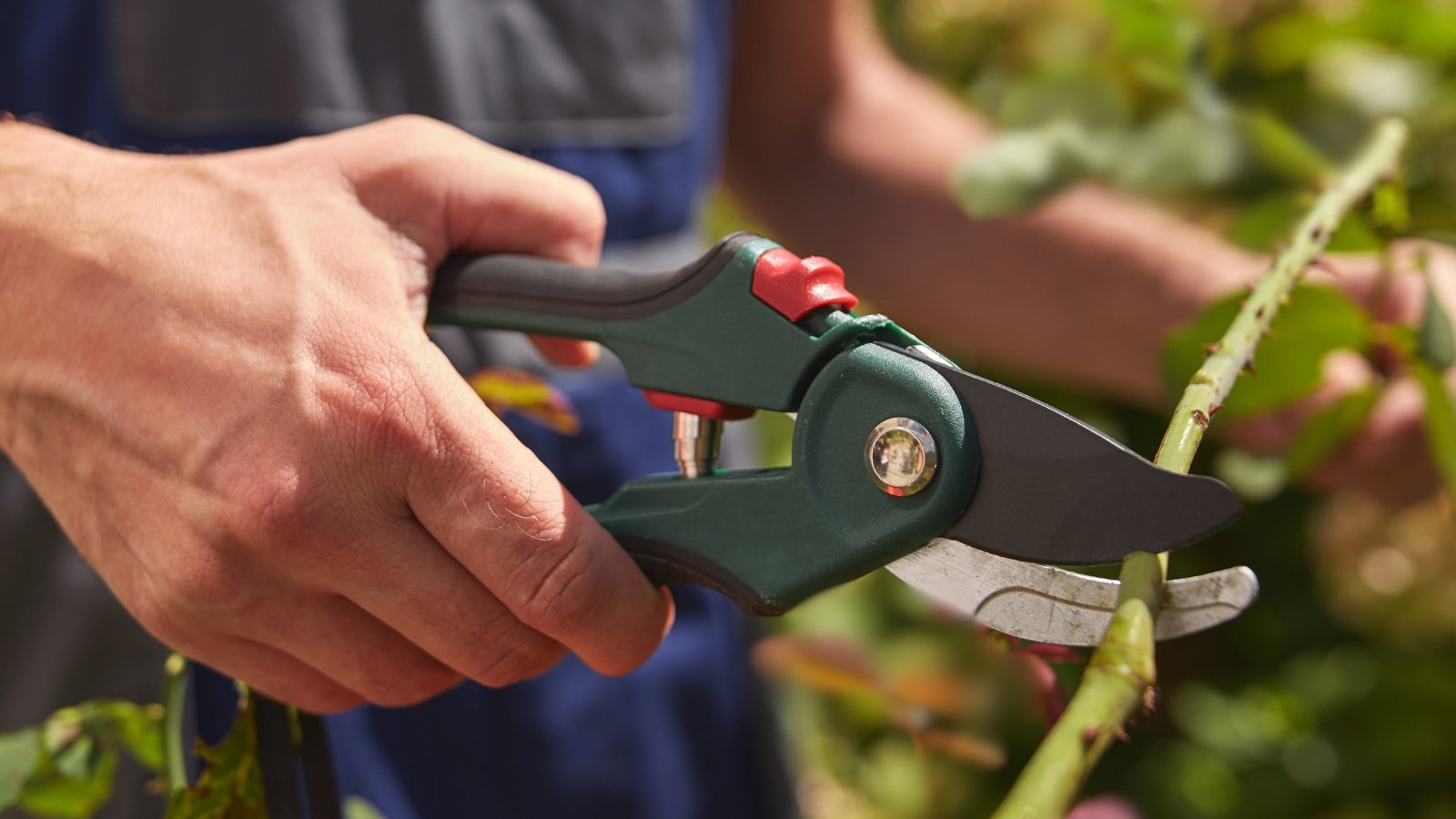

These tropical shrubs can develop vigorously. Try pruning the basal shoots on the first stem to stimulate your lulo fruit to develop abundantly.
You can also trim any yellow leaves on the lower ranges of the plant. This retains airflow transferring through the branches and leaves and cuts down on mildew.
In case you occur to prune your crops, be careful to not contact them with bare palms. Placed on gloves. Naranjillas have sharp thorns on their leaves and stems, which can irritate your pores and pores and skin.
Fertilizing
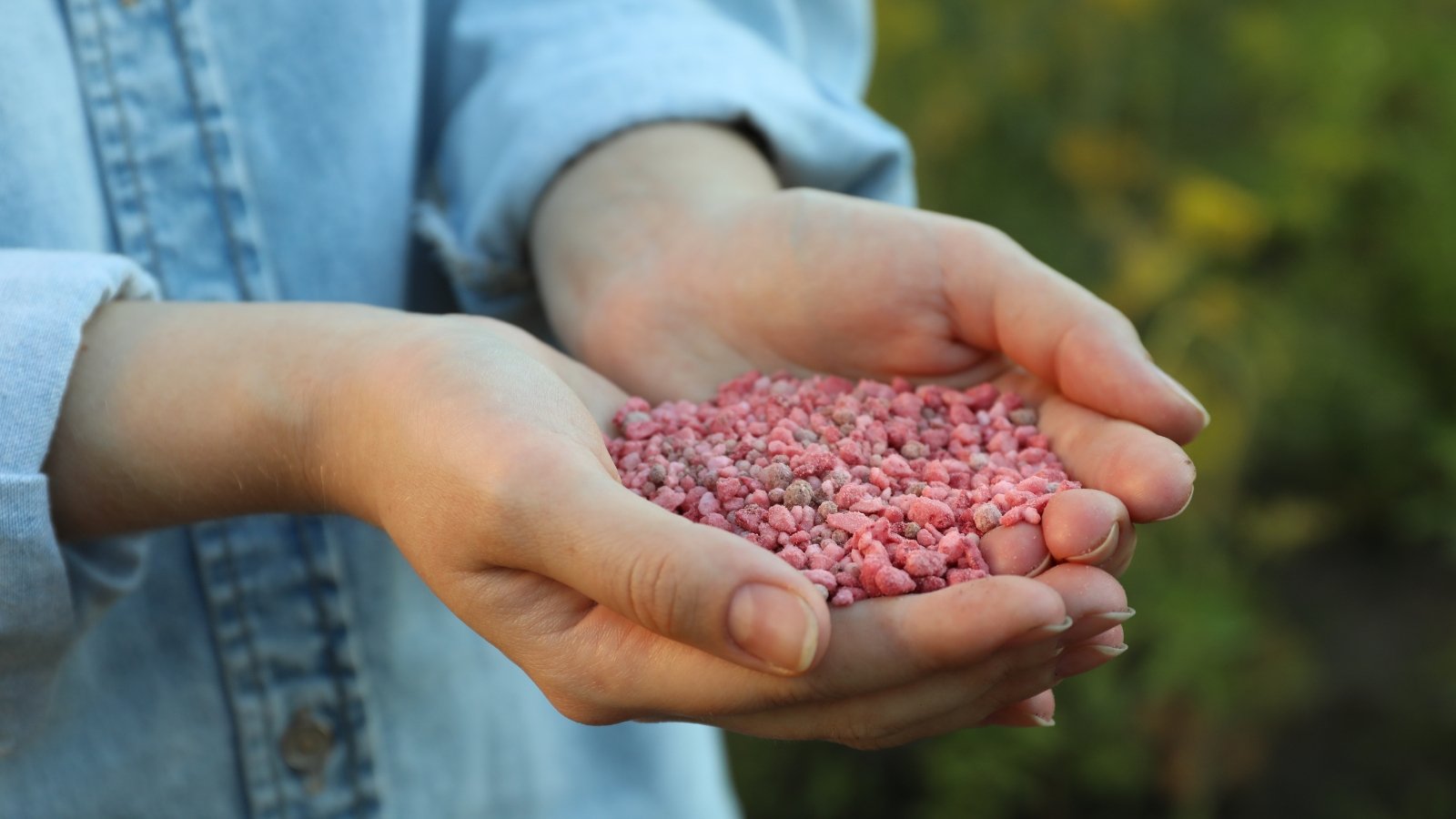

Naranjilla (Lulo) shrubs thrive in rich pure soils and devour nutritional vitamins. To offer all of them the micro and macro nutritional vitamins they crave, you might add do-it-yourself compost or an pure fertilizer to boost the nutrient density of their soil.
Propagating
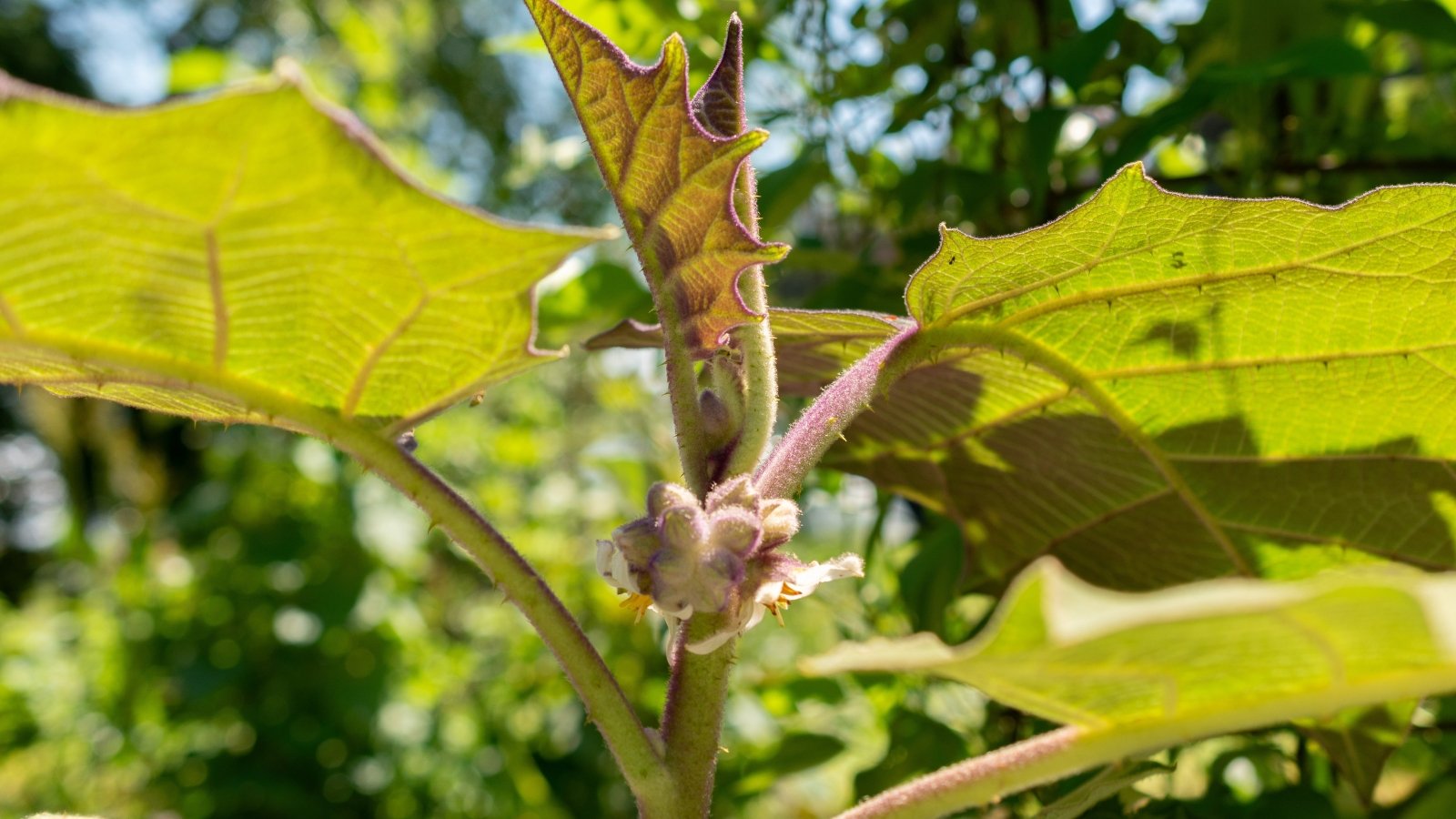

You can propagate this beautiful species by taking cuttings. Merely add well-drained soil or rising medium like perlite or vermiculite to a gallon pot with a drainage hole. Water the soil adequate to moisten the soil evenly with out making it waterlogged.
Uncover the healthiest branches and evenly decrease 4” to 6” cuttings from the rules at a 45° angle with sanitized clippers. Take away the lower leaves near the stem, and be certain you see a minimal of two leaf nodes.
For larger potentialities of getting your cuttings to root, add a rooting hormone to the underside of your stem. As quickly as your chopping is ready, poke a niche inside the soil with a pencil and place your chopping a minimal of two inches deep.
To get your chopping to provide roots, you’ll want to cowl it with a clear plastic bag or germination dome. This traps humidity and stimulates the plant to take root.
Place your cuttings in a humid place with vibrant indirect mild like a greenhouse. After two or three weeks, give them a fragile pull. In case you occur to essentially really feel them clinging to the soil and they also actually really feel healthful and highly effective, you can be sure your crops have taken root and might be ready to your yard shortly.
Greenhouse Custom
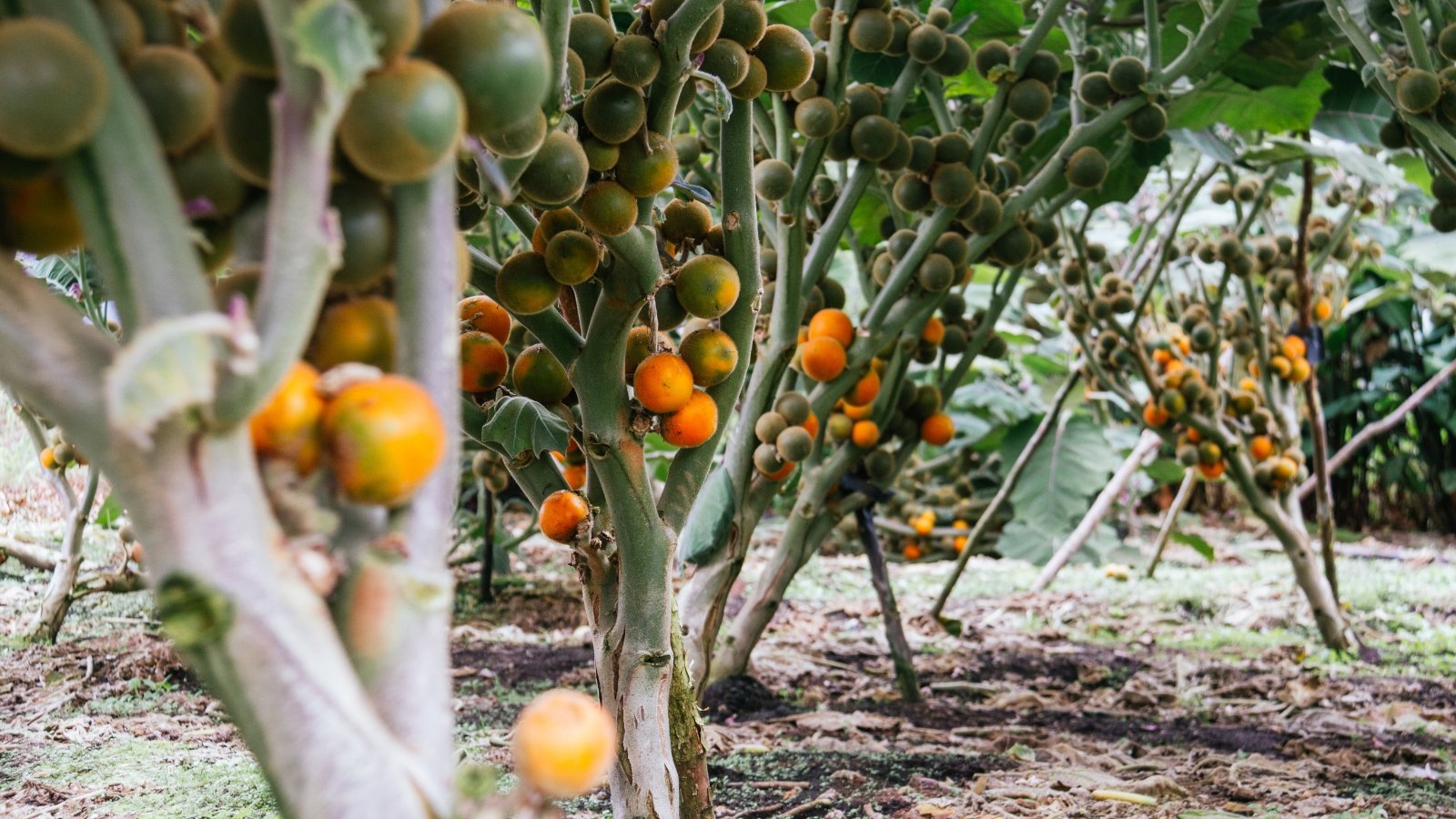

You can develop productive tropicals in your greenhouse. Start from seed early inside the rising season. As quickly as they’re spherical three or 4 inches tall, swap them to five-inch cube pots.
At spherical eight inches, they’ll be ready for his or her remaining transplant. Take away the youthful crops from the cube pots and plant them in a giant pot or a huge self-watering planter.
Your crops should start to fruit inside the primary yr in your greenhouse. If it appears to be like they’ve outgrown their containers after the first yr, you may must replant them into one factor greater with further house for his or her roots.
Troubleshooting
Although naranjillas need little maintenance, there are some issues to watch out for. Underneath are a few widespread pests and diseases that can damage your crops.
Widespread Pests
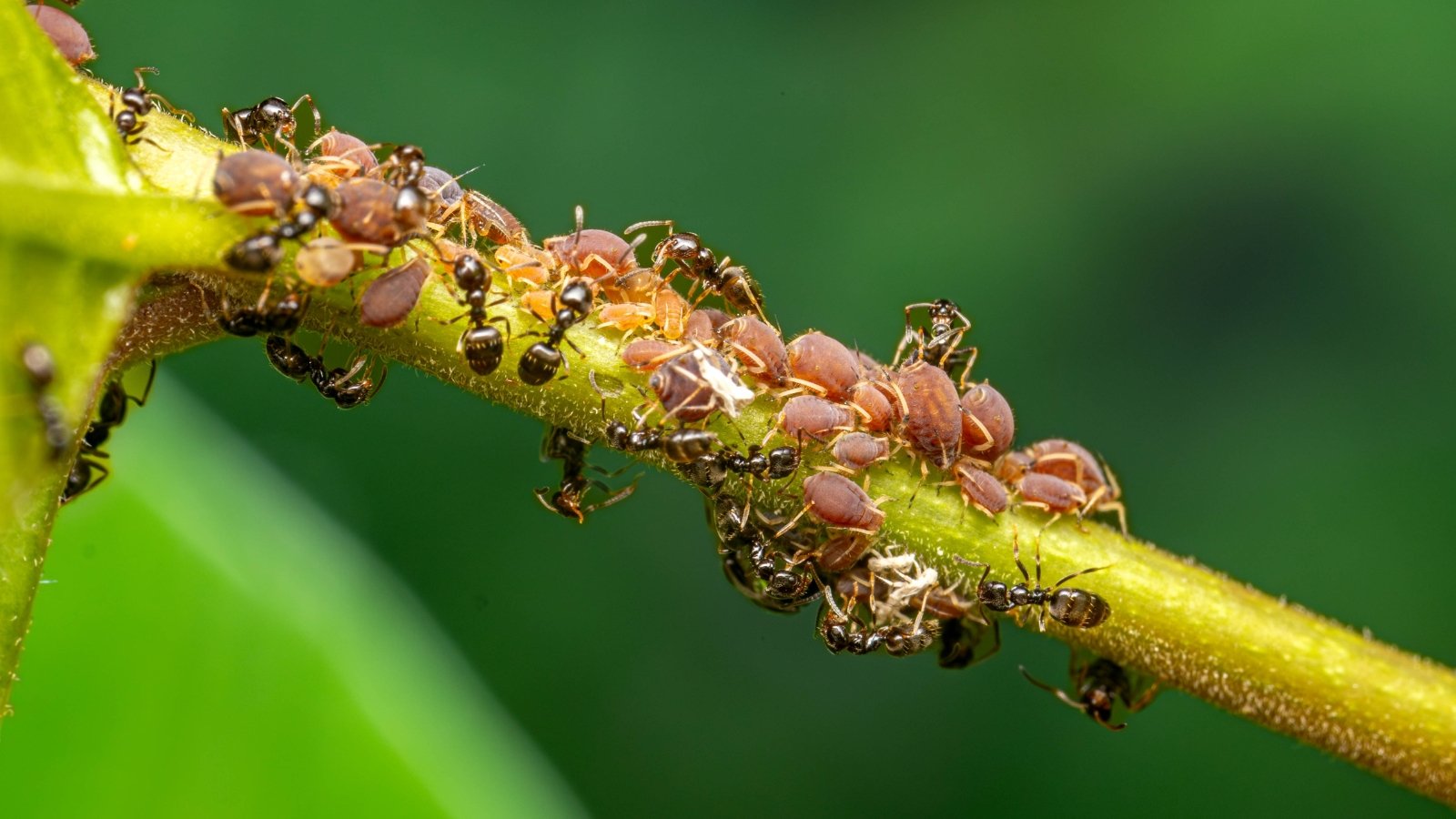

These productive shrubs can flip into meals for pests. In most warm-climate areas of the U.S., it’s important to watch out for spider mites, whiteflies, aphids, and root-knot nematodes.
Use a robust stream of water from a hose to cope with aphids and whiteflies. Making use of a simple neem oil spray should do the trick for eliminating the pests attacking the stems and leaves. You’ll know your plant is getting attacked by microscopic root-dwelling worms if you happen to occur to see extreme stunted improvement and yellow leaves.
One environment friendly technique to cease troublesome root-knot nematodes is to switch your crops to freshly tilled soil in a single different yard mattress. Rising your shrubs in a greenhouse with managed soil may cease root-knot nematode infections. Rotate your crops, and apply helpful nematodes in temperate seasons if you happen to occur to’ve had factors with root knot nematodes before now.
Mealybugs and scale bugs normally usually is a nuisance, notably in indoor areas. To remove them, use a q-tip or cotton swab soaked in 70% or a lot much less alcohol to pop them off the plant into soapy water. A follow-up remedy with insecticidal cleansing cleaning soap will seal the deal.
Diseases
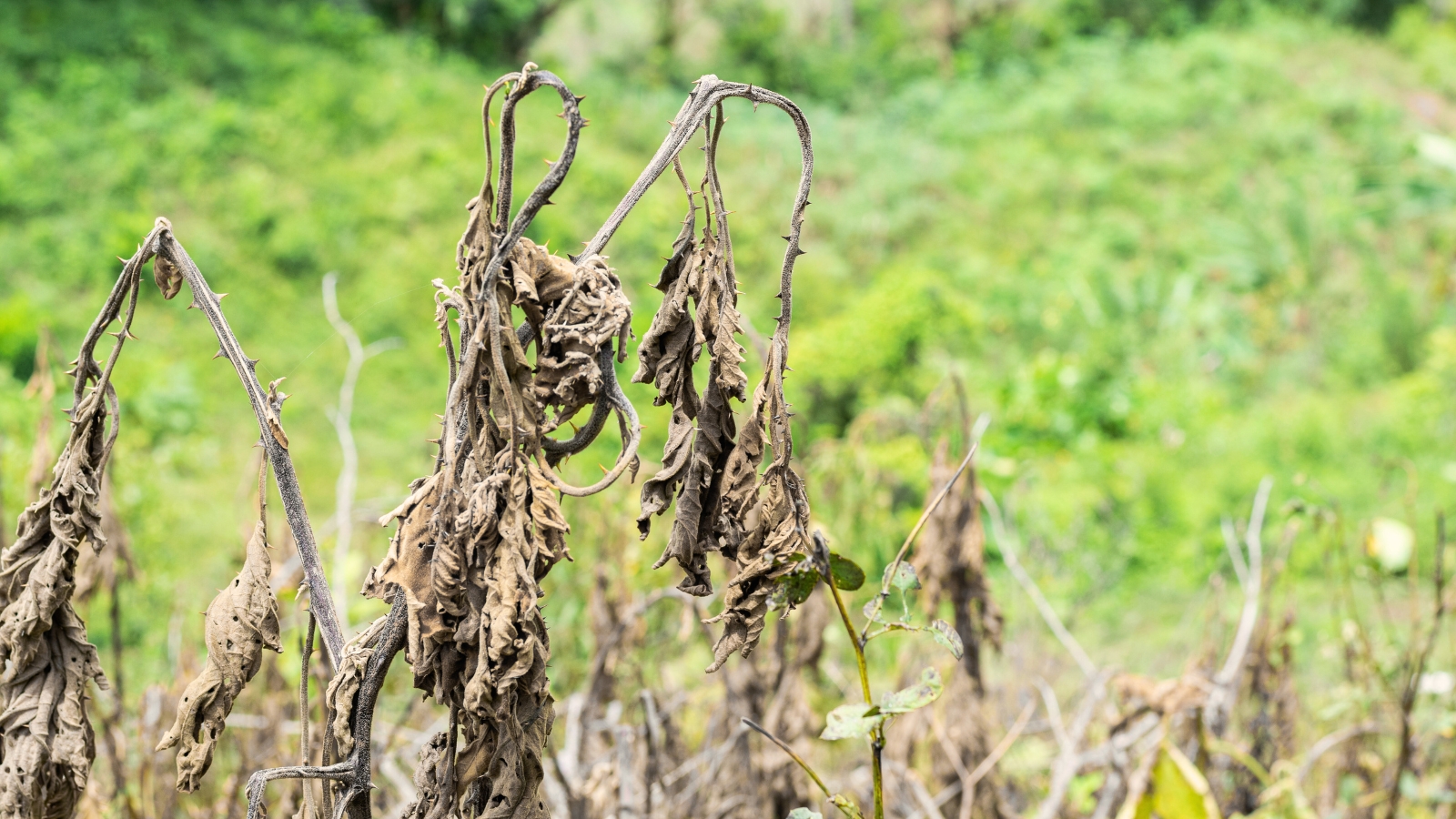

Naranjilla can endure from numerous diseases. The commonest is fusarium wilt introduced on by Fusarium fungi infections. They will current indicators of this fungal an an infection within the occasion that they start to wilt and their leaves flip yellow. Sadly, there is no remedy for this sickness and your crops will in the end die.
One different widespread sickness to watch out for is bacterial wilt. That’s introduced on by a buildup of micro organism inside the roots. The one technique to cease this an an infection is to disinfect your yard devices sooner than planting.
Root rot is widespread in crops which might be grown in a heavy medium that doesn’t drain properly. Overwatering can encourage this fungal sickness as properly, creating circumstances the place the fungus can thrive. The one prevention proper right here is appropriate circumstances and care.
Points Rising
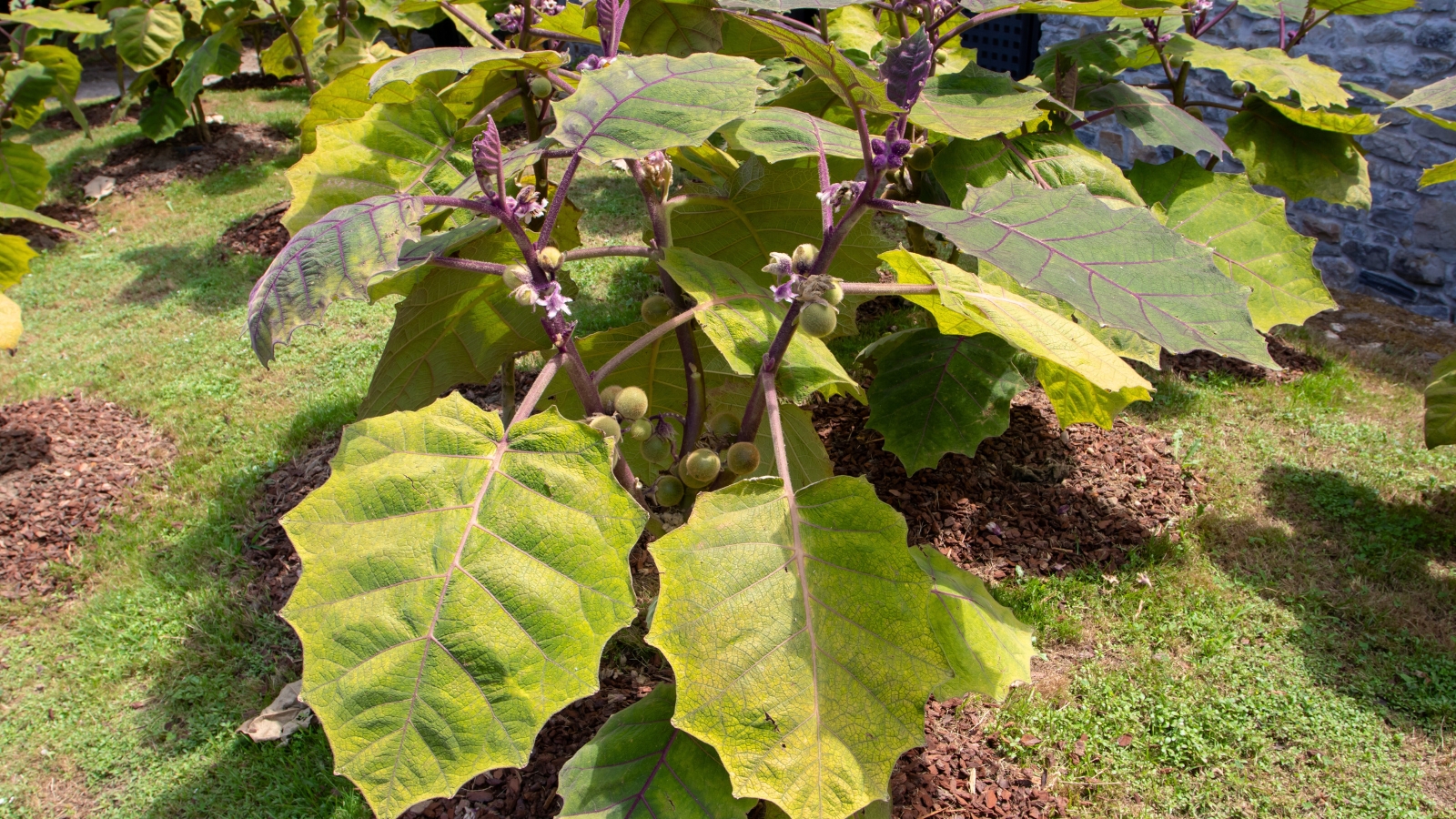

Although these shrubs are from the subtropical areas of the Andes near the equator, they don’t do properly in areas with scorching summers. Gardens in inland Florida and components of the South will merely be too scorching.
The shrubs have shallow roots, and chances are high you may should help them with a trellis as they start to develop. As quickly as your plant is mature, it ought to face by itself with out factors.
Harvesting
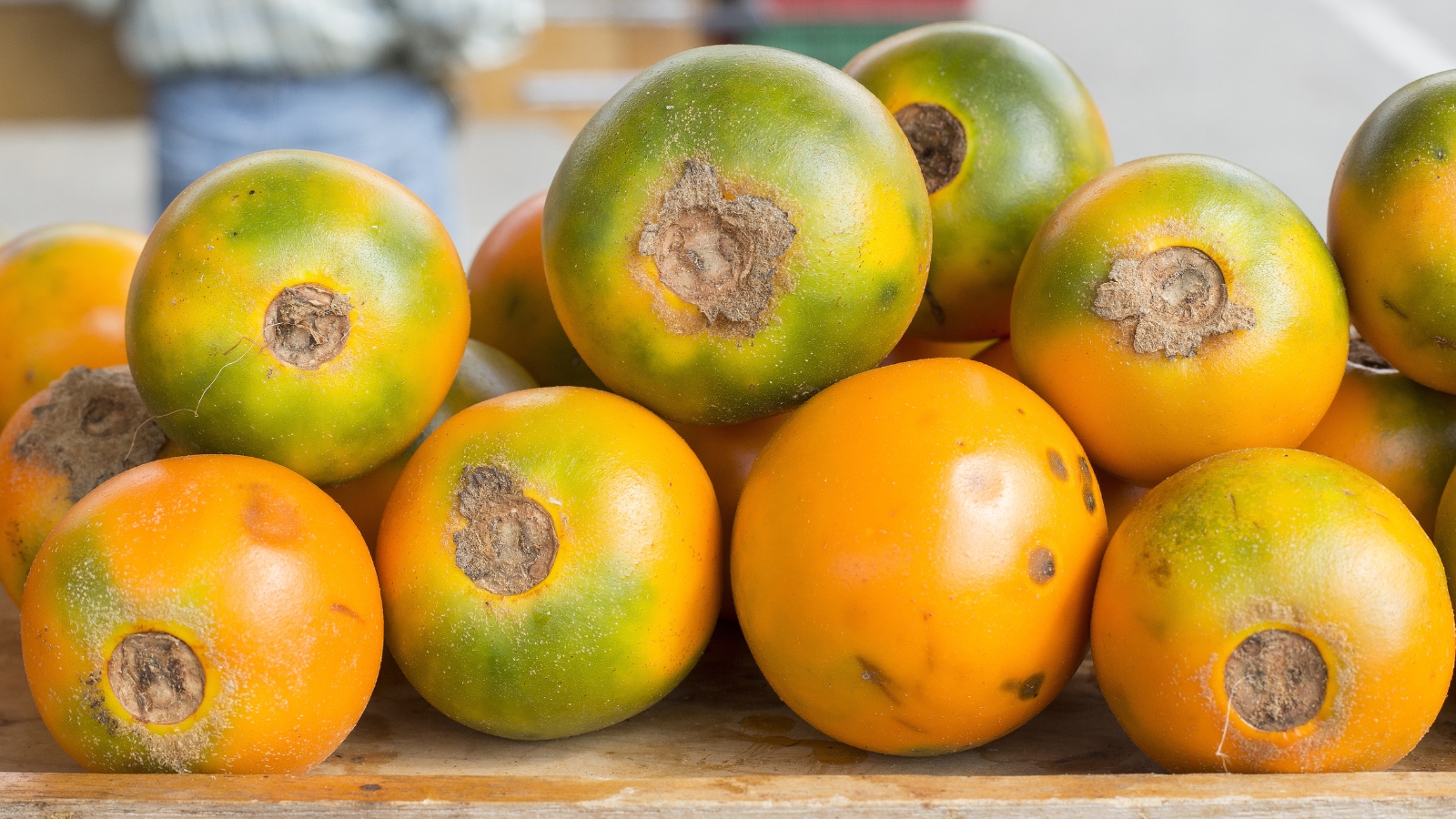

In case you occur to sow your seeds in January or February and the native climate circumstances are wonderful, you might get fruit inside 9 months, within the route of the highest of summer season. Some crops may take a further yr to bear fruit, notably if predators or pests get to them.
If animals like birds and small mammals aren’t a difficulty, you might let your lulo fruit fall to the underside. The fruit might be vibrant yellow, sweet, and stuffed with style.
In gardens with no fencing and frequent visits by hungry animals, harvest your fruit whereas it’s nonetheless on the division. The fruit will ripen after a few days. You can also use mesh baggage to protect fruit from hungry company sooner than harvest time.
Be careful to not decrease your self when selecting your fruit. The delicious yellow fruits have small spines on their pores and pores and skin and stems which can be sharp, notably sooner than they’re completely ripe. You need to make the most of gardener’s gloves to protect your palms and simply brush off the hair-like spines sooner than washing.
Best Makes use of
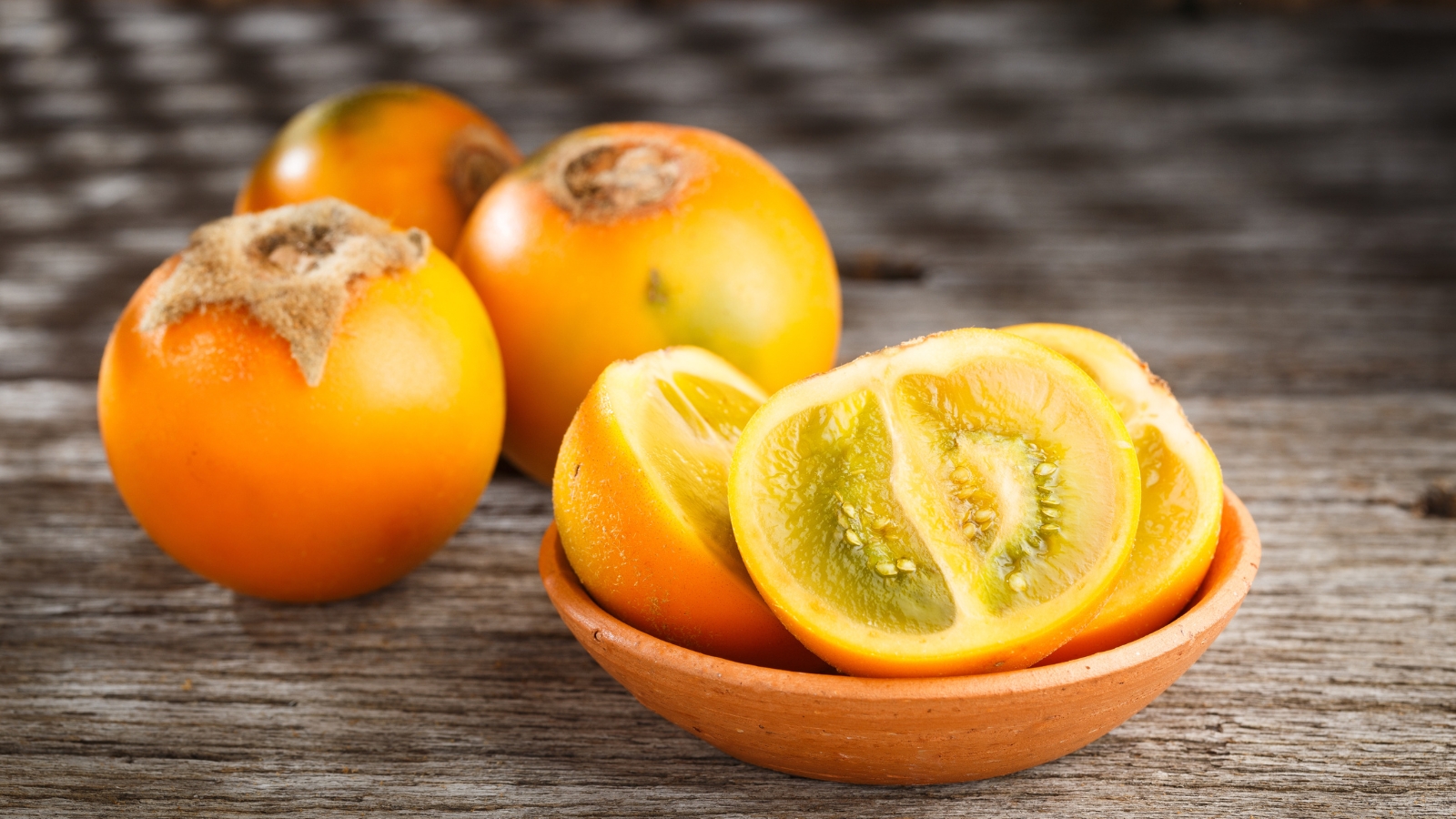

Lulo fruits are delicious additions to your kitchen. They’re small and stuffed with vitamin C, fiber, vitamin A, calcium, and antioxidants.
You can add the pulp to your smoothies for a flavorful and dietary kick. Or, try them in salads. Many gardeners use them in jams or preserves and some industrious growers make them into wine.
To prepare them, merely wash them beneath chilly water to remove their spines. Then, fastidiously peel the pores and pores and skin off and serve full or sliced.
Ceaselessly Requested Questions
Your shrubs will produce fruit inside one yr of planting. However, older shrubs usually produce further fruit, notably after the second yr.
You’ll get a combination of flavors out of your fruit. Most have extreme acidity and style profiles of citrus, kiwi, and even freshly picked rhubarb.
Your crops can develop as perennials In USDA Hardiness Zones of 10 and higher. This consists of components of coastal Southern California from San Diego to Santa Barbara. As an annual, you might develop them in numerous components of Southern and Central California.
Your fruits are absolutely safe to eat after you are taking away their small spines. However, it’s best to not eat totally different components of the plant. Like totally different members of the solanaceae family, along with tomatoes and potatoes, these crops comprise alkaloids which can be poisonous to individuals.
Lulo is pronounced (loo-loh) and naranjilla is pronounced (nah-rahng-hee-yah).
Certain! You may have seen that the leaves and fruits have associated qualities to tomato crops. It is as a result of they every belong to the Solanaceae family. Totally different members embody chili peppers, eggplants, potatoes, tomatillos, and non-edible deadly nightshades.
Like many alternative delicious members of the solanaceae family, they’re native to the low-lying foothills of the Andes in Peru, Ecuador, Colombia, and Venezuela. They’re now grown all by means of Latin America, from Mexico and Central America all the best way all the way down to Brazil.
Because of they’re tropical, naranjilla will not survive temperatures beneath 40°F (4°C) for too prolonged. As quickly as they experience frost for an extended interval, they might start to die.
[ad_2]
Provide hyperlink
